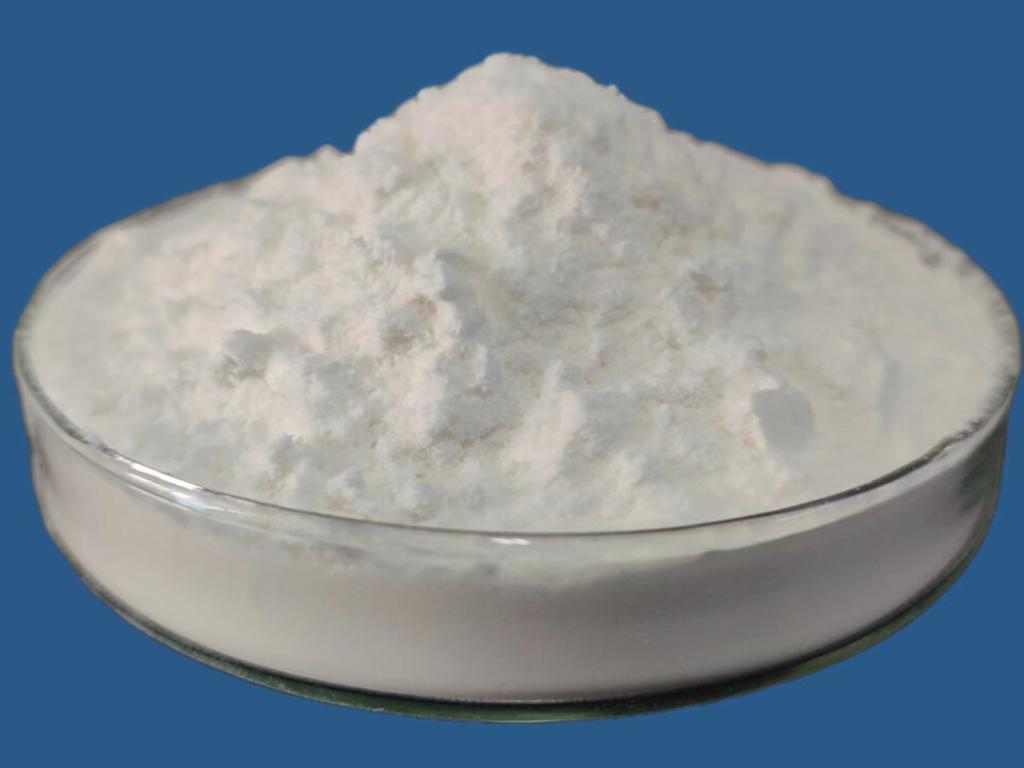Tel:0086 18231198596

News
Current Position:
Home >
News
>ε-Polylysine Hydrochloride's Synergy with Eco-Friendly Packaging Solutions.
ε-Polylysine Hydrochloride's Synergy with Eco-Friendly Packaging Solutions.
TIME:2023-09-13
Introduction
In today's world, the food industry is under increasing pressure to address environmental concerns, reduce waste, and minimize the ecological footprint of its operations. This demand for sustainability extends to food packaging, which plays a significant role in food preservation and safety. Simultaneously, food safety remains a paramount concern. ε-Polylysine Hydrochloride, a naturally occurring antimicrobial agent, presents a unique opportunity to synergize with eco-friendly packaging solutions, enhancing both food safety and sustainability.
I. ε-Polylysine Hydrochloride: An Eco-Friendly Preservative
Natural Origin: ε-Polylysine Hydrochloride is derived from naturally occurring sources, making it an eco-friendly alternative to synthetic preservatives.
Biodegradability: It exhibits biodegradable properties, reducing its environmental impact at the end of its lifecycle.
Effective Preservation: ε-Polylysine Hydrochloride's antimicrobial activity inhibits bacterial growth, extending the shelf life of food products and reducing food waste.
II. The Environmental Impact of Traditional Packaging
Single-Use Plastics: Conventional packaging materials, such as single-use plastics, contribute significantly to plastic pollution, posing threats to ecosystems and wildlife.
Carbon Footprint: The production and disposal of traditional packaging materials result in a substantial carbon footprint, exacerbating climate change concerns.
Limited Recycling: Many conventional packaging materials have limited recycling potential, leading to increased waste in landfills.
III. Sustainable Packaging Solutions
Biodegradable Materials: Eco-friendly packaging options include biodegradable materials like bioplastics, paper, and cardboard, which have lower environmental impacts.
Recyclable and Reusable Packaging: Recyclable and reusable packaging solutions aim to reduce waste and conserve resources.
Reduced Packaging: Minimalist packaging designs aim to minimize material usage and waste generation.
IV. Synergy between ε-Polylysine Hydrochloride and Sustainable Packaging
Enhanced Food Safety: ε-Polylysine Hydrochloride's antimicrobial properties complement sustainable packaging by inhibiting bacterial growth, ensuring food safety throughout the product's shelf life.
Extended Shelf Life: The combination of ε-Polylysine Hydrochloride and sustainable packaging materials can extend the shelf life of food products, reducing food waste and the need for frequent repurchasing.
Minimalist Packaging: ε-Polylysine Hydrochloride allows for minimalist packaging designs, as it enhances food preservation without the need for excessive layers or materials.
V. Regulatory Considerations and Standards
ε-Polylysine Hydrochloride: Compliance with regulations and standards related to ε-Polylysine Hydrochloride is essential to ensure food safety and sustainability.
Eco-Friendly Packaging: Sustainable packaging solutions must adhere to relevant regulations and certifications, ensuring they meet environmental standards.
VI. Case Studies: Successful Implementations
Biodegradable Packaging and ε-Polylysine Hydrochloride: Case studies showcase how ε-Polylysine Hydrochloride has been effectively integrated into biodegradable packaging solutions, reducing food waste and environmental impact.
Recyclable Packaging and Food Safety: Examples demonstrate how recyclable packaging materials can be combined with ε-Polylysine Hydrochloride to maintain food safety while minimizing waste.
VII. Challenges and Future Directions
Consumer Education: Educating consumers about the benefits of ε-Polylysine Hydrochloride and sustainable packaging is crucial to promote adoption.
Technological Advances: Continued research and development are needed to enhance the effectiveness of sustainable packaging materials and their compatibility with ε-Polylysine Hydrochloride.
Regulatory Harmonization: Harmonizing regulations and standards related to ε-Polylysine Hydrochloride and sustainable packaging on a global scale can facilitate their widespread adoption.
VIII. Conclusion
The combination of ε-Polylysine Hydrochloride and sustainable packaging solutions represents a powerful synergy that addresses both food safety and environmental concerns. As consumers and regulatory bodies place increasing importance on sustainability, the food industry must adapt and embrace eco-friendly practices. By utilizing ε-Polylysine Hydrochloride as a natural, biodegradable preservative in conjunction with sustainable packaging materials, the industry can reduce waste, lower its carbon footprint, and ensure the safety and longevity of food products. This collaboration between food preservation and sustainable packaging embodies a harmonious approach to meeting the dual challenges of food safety and environmental sustainability in the modern world.

 CONTACT
CONTACT




